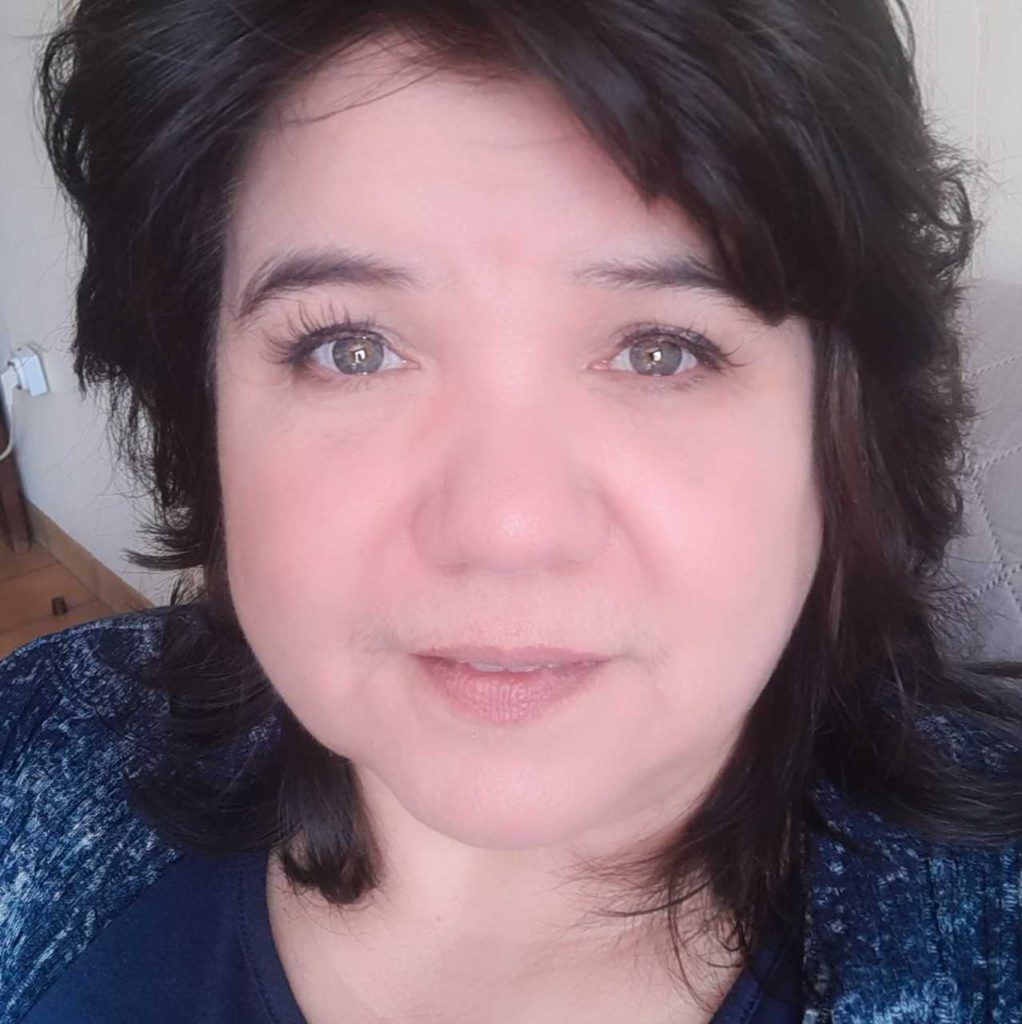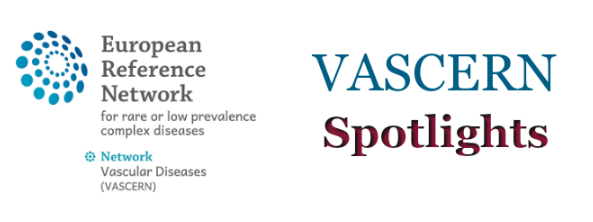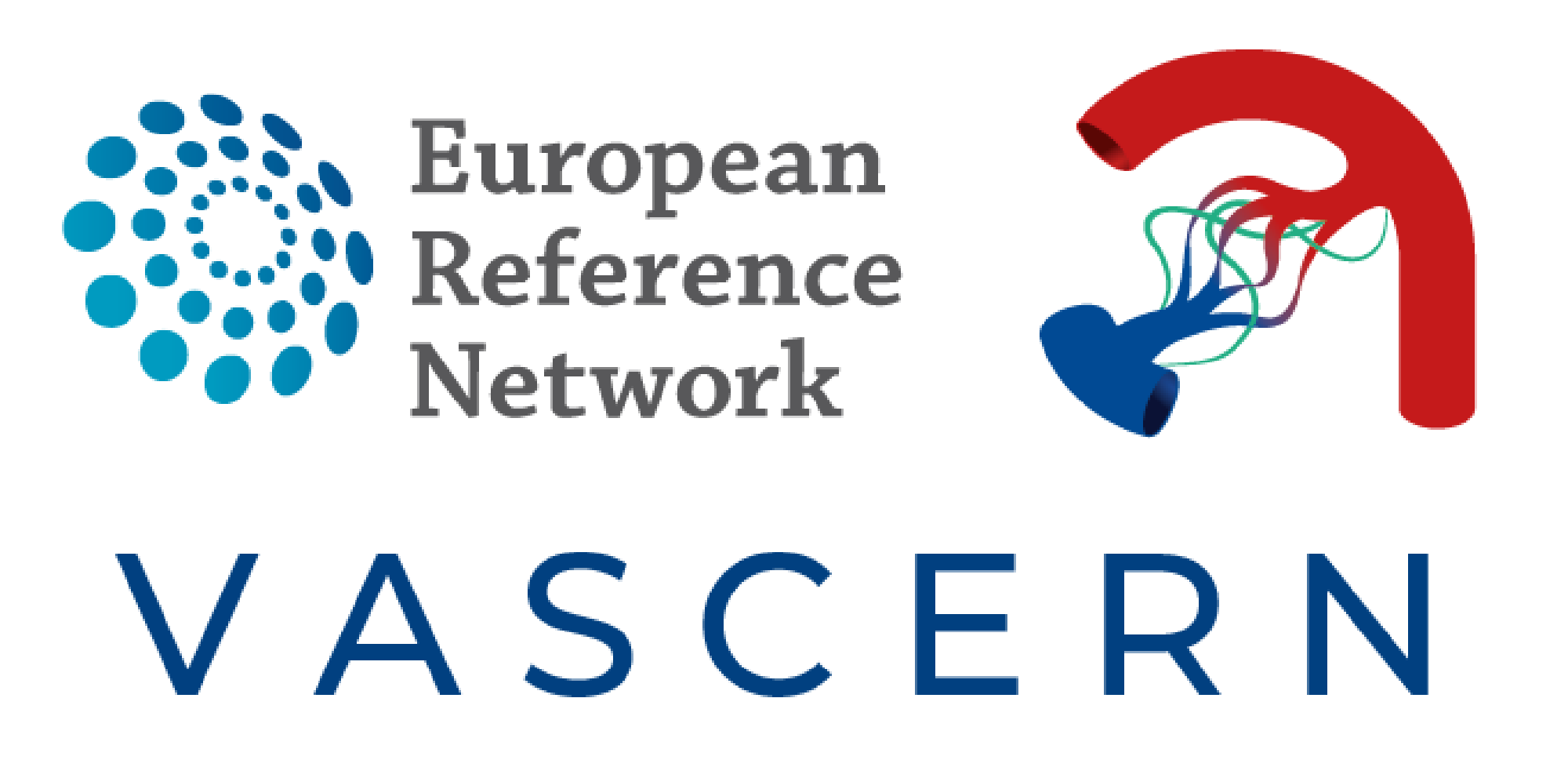

This month it’s Charissa Frank, European Patient Advocate Group (ePAG) Deputy Co-Chair for the Medium-sized Arteries Working Group (MSA WG) from Belgium, who is in the VASCERN Spotlight! Charissa is a patient advocate for both VASCERN and ERN ReCONNET (European Reference Network on Rare and Complex Connective Tissue and Musculoskeletal Diseases). She shares her hopes for the European Reference Networks (ERNs), her long road to diagnosis and her most memorable moments of the ERN experience to date.
1. How did you become involved in the VASCERN project?
I was an elected ePAG from the very start. However, I first started participating with ERN ReCONNET, for Ehlers-Danlos syndrome (EDS), where I hold a similar position as Juergen Grunert (ePAG Chair and ePAG MSA Co-Chair) holds in VASCERN. I am a board member of ERN ReCONNET. Juergen is my deputy co-chair in ERN ReCONNET and I am his deputy co-chair in VASCERN, for the MSA WG that covers vascular EDS (vEDS), which I joined later in order to assist him with the many duties and projects of the network.
I would like the general public to understand that many of the Ehlers-Danlos syndrome subtypes go undiscovered and undiagnosed until a later age. Patients, including myself, have had a long road before reaching a correct diagnosis.
2. How do you as an ePAG patient advocate participate in the activities of VASCERN?
I am active in the MSA-WG in order to represent the voice of all vEDS patients in Europe and also partake in the monthly ePAG calls. I am also in touch with the Heritable Thoracic Aortic Disease (HTAD) WG through the VASCERN ePAG group in order to keep informed of their projects, as I also represent patients with HTAD for my patient organization (that covers hereditary connective tissue disorders). I attend the annual VASCERN meetings (like VASCERN Days 2019) and participate in the MSA WG’s projects, such as the Pill of Knowledge (PoK) video on the unmet medical needs in vascular Ehlers-Danlos Syndrome (vEDS) – patients perspective.
3. What is one thing that you would like the general public to know about the reality of living with a rare disease?
I would like the general public to understand that many of the Ehlers-Danlos syndrome subtypes go undiscovered and undiagnosed until a later age. Patients, including myself, have had a long road before reaching a correct diagnosis. Patients with vEDS often do not know that they have vEDS (unless someone in their family has been previously diagnosed) and often only receive a diagnosis after experiencing a life-threatening event caused by their arterial, intestinal, and/or uterine fragility. Invisible symptoms such as pain and internal problems add to the stress of the disorder. Awareness and understanding is therefore very important to the well-being of patients.
When you realise that the voluntary work you are doing for the patients starts to have a positive impact on their lives, it’s a great feeling. Every change you help bring about makes the life of a patient a little bit better.
4. Can you tell us a little about your rare disease and/or the patient association that you represent?
I represent bindweefsel.be (The Flemish Patient Association for Hereditary Connective Tissue Disorders). It is an umbrella organization for all connective tissue disorders such as those covered by VASCERN’s HTAD and MSA groups. I myself am also a patient and have hypermobile type Ehlers-Danlos syndrome (hEDS), which is one of the 13 subtypes of EDS. hEDS is rare, however it is the most common of all the different EDS subtypes.
5. What has been your most memorable moment as an ePAG patient advocate so far?
When you realise that the voluntary work you are doing for the patients starts to have a positive impact on their lives, it’s a great feeling. Every change you help bring about makes the life of a patient a little bit better. Therefore, I find it difficult to choose which moment was most memorable as all the work done by the different ERNs is memorable.
However, if I had to choose one moment, then I would say it was the moment when I realized just how much the patient is viewed as important within the ERNs and how much passion and care the healthcare professionals from the healthcare providers (HCPs) and the patient advocates from the ePAG have for rare disease patients.
6. As a patient advocate, what is your hope for VASCERN and for the ERNs in general?
I joined the ePAG group because of the lack of cross-border care, knowledge and information for patients and healthcare professionals on rare diseases. It was difficult for a patient to find the right road to diagnosis and care. The lack of networking and working together made everything even more difficult, as knowledge was not shared. I wanted to help with this ambitious project so that other patients in the future do not have to endure what I had to – as receiving my diagnosis of hEDS took 45 years! I hope that through the ERNs all patients will be able to receive a timely diagnosis and have access to proper care for their rare disease.
For more information on the MSA WG, visit their page here
To learn more about Charissa’s story as well as the various EDS subtypes, watch the ERN ReCONNET webinar recording here


